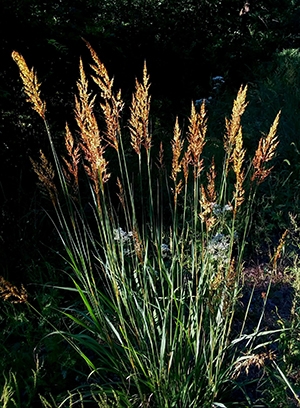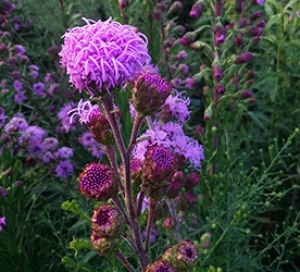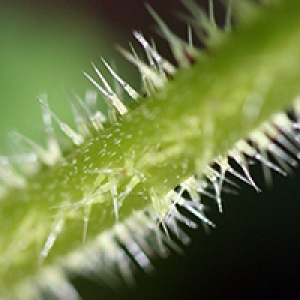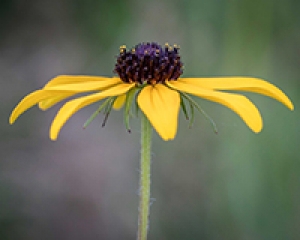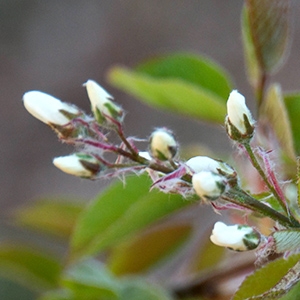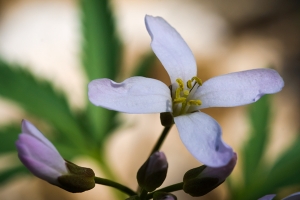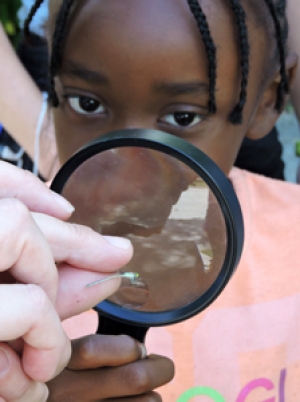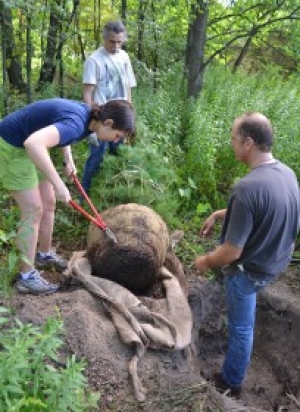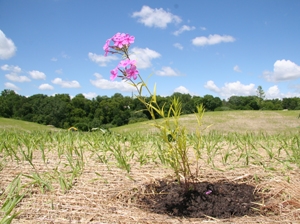
Native Plants to Know: Indian grass
The Tallgrass Prairie ecosystem is both the most biodiverse in northern North America and one of the most endangered with 1% or less remaining. It is full of a wide variety of beautiful grass species and yet we industry continue to produce and market primarily nonnative grasses from Europe and Asia which do not contribute ecologically and have the potential to become invasive species. It is both patience trying and heartening to see more of our native grasses very slowly gaining traction in the landscaping industry including beautiful Indian grass (Sorghastrum nutans).
Native Plants to Know: Meadow Blazing Star
When it comes to attracting monarch butterflies for nectaring, meadow blazing star (Liatris ligulistylus) wins hands down! This patch had 15 monarchs on it before I got close to take a picture.
Meadow blazing star will grow in seasonally damp, medium, or slightly dry sites but it prefers loam to sandy loam soil with a good amount of organic material (not a fan of heavy clay). While it does best in full sun this is one of the better blazing stars for yards with partial shade.
Plant Defenses
Plants lack an immune system like that of animals. However, plants have developed their own unique defenses to detect bacteria, fungi, insects, and vertebrate organism invasion and stop them before mortal damage ensues. Tissue structure and chemistry as well as existing ecological relationships between animals and plants contribute to a plant’s defense and disease resistance. Aside from providing plant strength and rigidity, cell walls, waxy or rubbery films covering leaf and stem tissue, and bark all perform as physical barriers to invasion.
Plant Anatomy & Physiology Course
When I first started learning about plants, I had a lot of questions. How does a tree gets water from deep in the ground all the way up to leaves 160 feet in the air? How are plants able to survive cold winters like this one? How do seeds know when to germinate in the spring? Why are most plants green anyway? Why not blue or pink or black? Do plants communicate with one another? How do plants defend themselves from attack by insects? Whew! That's a lot of stuff to learn! The more I dug into this (no pun intended), the more I discovered how amazing, adaptable, and beautiful plants can be.
False Spring: How Plants React to Unseasonal Warmth
Coming from the perspective of a human (a true biological juggernaut of adaptability), the past couple of weeks have been a real joy. For a few glorious days, I wore a tank top outside at work (in February!) and today I’m walking in a winter wonderland again. While the particular weather pattern we’ve just experienced here in Milwaukee has been a treat for us humans, for the plants around us, trees and shrubs especially, it will prove to be more of a trial.
Wisconsin Wildflowers: Cutleaf Toothwort (Cardamine concatenata)
Spring is a glorious season in Wisconsin. After the snow melts but before the trees grow leaves, wildflowers cover the forest floors. Right here in the parks of Milwaukee, you can find a brilliant display of spring ephemerals, and one of the first to bloom here is Cutleaf Toothwort (Cardamine concatenata).
See for Yourself: Signs of Life - Habitat Restoration
Our habitat restoration efforts and research projects really go hand-in-hand. As we restore the land, we discover more and more mammals, birds, insects and amphibians using our parks. Our studies also help to determine the number of native plant species we’ve added that have “taken root” and are continuing to grow. Here are just a few highlights you can find.
Get To Know Land Steward Terminology!
Thank you for stopping by to read our blogs! This edition won't introduce you to a new native or invasive plant, but introduce you to some terminology that we use as Land Stewardship staff at the Urban Ecology Center. These terms may be used differently at other nature centers; it doesn't mean we (Urban Ecology Center) are right and they are wrong, it just means the terms are used slightly different. Now, let the show begin!
Baby Parks and Plantings
In the spring of each year, all sorts of adorable baby animals can be seen. This spring, I saw baby Great Horned Owls (called owlets), baby White-footed Mice (called pups, pinkies or kittens) and baby Brown Snakes (called snakelets or hatchlings). We don’t usually pay close attention to “baby” plants, but they’re showing up now too!
Copyright © 2023 The Urban Ecology Center

